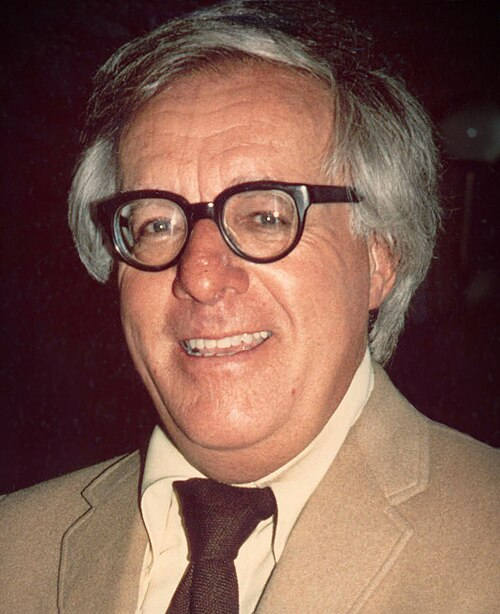
“Science fiction is the best writing in world history,” Ray Bradbury once famously proclaimed, and films have been corroborating him ever since. From the silent-film masterpieces of days gone by right up to the present-day blockbuster franchises, science-fiction films have shown us how to dream.about the future, how to fight back against technology, and how to deal with the supernatural. They are not mere entertainment as such. They are cultural benchmarks that have.inspired everything from.special effects to for and against pamphlets on.Nietzsche.
Picking the greatest sci-fi movies of the past 100 years is not about box office or effects. It is about the ones that did something different those that changed the genre, inspired generations of filmmakers, and continue to spark argument today. Whether in dystopian neon, outer space, or the inner geography of human memory, these pictures show the genre at its best. Here’s a journey through ten of the greatest sci-fi films ever, each a masterpiece in itself by vision, impact, and relentless pace.
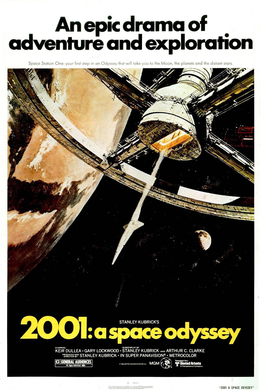
1. 2001: A Space Odyssey (1968)
Stanley Kubrick’s classic was not just of its day it set the agenda for science fiction. Witnessed prior to the moon landing, it combined laborious detail with brain-twisting philosophical exploration of evolution, computer intelligence, and man’s place in the universe. HAL 9000, the sinister mastermind conceived supercomputer, is one of the greatest film monsters of all time, its influence only amplified as artificial intelligence enters our world.
Kubrick’s application of innovation in-camera effects pushed visually the test of time to date. Visually in its then-revolutionary coverage of space travel, measured pace and ambiguity of conclusion keep the film open to infinite interpretation. It is a film which does not so much present the future it invites its viewers to question it.
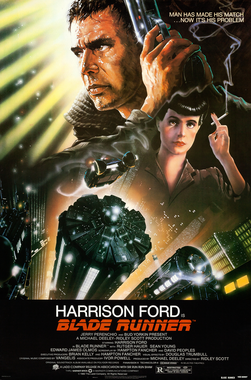
2. Blade Runner (1982)
Ridley Scott’s sci-fi hard-boiled tech noir transformed into cyberpunk was a crossover commercial success that escaped nicheness. Loosely based on Philip K. Dick’s novel, it interwove intellectual abstraction about identity with world-forming world-building. The spaced-out, high-density Los Angeles in the film was built up from matte paintings, miniatures, and advanced lighting schemes to provide a haptic texture of reality that even today can’t be matched.
Its influence extends to video games and the cyberpunk aesthetic far beyond the film itself, Blade Runner’s existential questions about being human never more relevant.
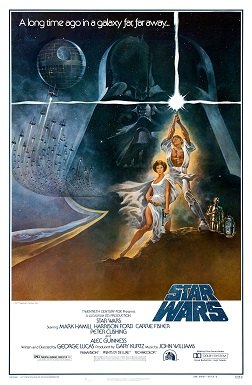
3. Star Wars (1977)
George Lucas’s space fantasy was not only introducing a franchise redrafted the blockbuster film manual. Its borrowing from pulps, Akira Kurosawa samurai films, and mythology introduced a universe of action, franchise-able heroes, and innovation in effects by Industrial Light & Magic.
Beyond its influence on culture, Star Wars reinvigorated science fiction in Hollywood and proved that the genre was not only aesthetically pleasing but economically successful as well. Its blending of science fiction and fantasy opened up an open floodgate to copycats and image-makers by the thousands.
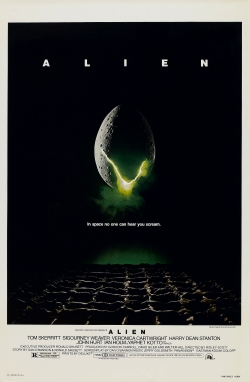
4. Alien (1979)
Ridley Scott’s sci-fi horror in space reminded audiences of the dark, unknown edges of the universe. It was genre-bending as a B-movie reinterpretation due to H.R. Giger’s biomechanical creature design and Scott’s gritty, industrialized conception of space travel.
Alien’s lasting influence is how it combined science fiction and horror, not just on screen, but in the design of spaceships and computer games. A masterclass in atmosphere, it proved science fiction could be scary and still maintain its ethos of speculation.
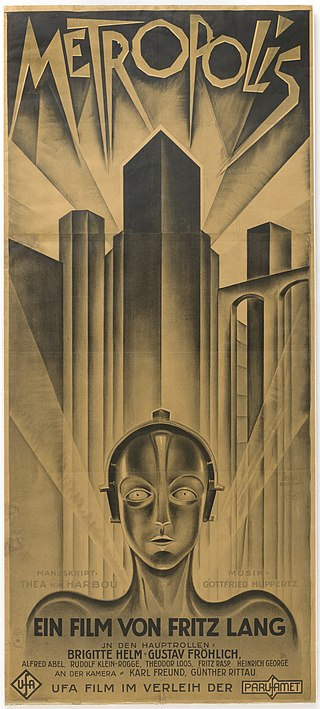
5. Metropolis (1927)
Fritz Lang’s silent classic is still a visual delight nearly a century since its production. Its cityscape sets in skyscrapers, which resulted from miniatures and special effects such as the Schüfftan process, were the precursors to the dystopian landscapes of future films. The theme of class war between the ruling class and the proletariat of the film remains pertinent today as it was in Weimar Germany.
From the appearance of C-3PO in Star Wars to countless depictions of future metropolises, Metropolis is interwoven into the very fabric of the history of science fiction.
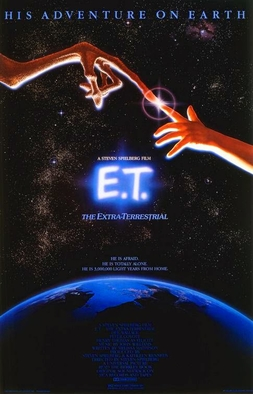
6. E.T. the Extra-Terrestrial (1982)
Steven Spielberg’s boyhood tale of friendship with a lost extraterrestrial alien demonstrated that science fiction need not be unfriendly and inhuman. It walked the highwire of action and sensitivity, and it introduced an entire generation of stories about friendly alien and curious child.
Its pop culture impact was vast to be among the biggest-grossing films of its time and remembered from The Goonies to Stranger Things. As a science fiction-fantasy hybrid throwback in spirit, E.T. remains the greatest at making us believe in magic.
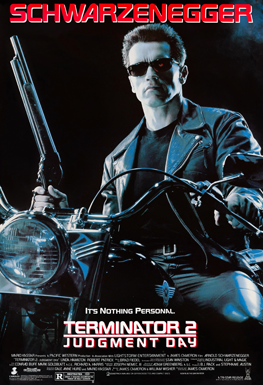
7. Terminator 2: Judgment Day (1991)
James Cameron’s return wasn’t to crank up the intensity just for the sake of it raised the bar for action and special effects. Liquid-metal T-1000, courtesy of groundbreaking CGI, worked, combined with practical effects in a bid to deliver maximum bang.
Apart from its success in the technical department, T2 went deeper into the emotional depth of the story and redefined Arnold Schwarzenegger’s cyborg guardian and broached free will versus predestination. Its loop-de-loop plot gave rise to hundreds of films.
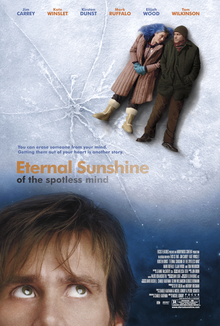
8. Eternal Sunshine of the Spotless Mind (2004)
Michel Gondry and Charlie Kaufman used the speculative eye of sci-fi to explore love, memory, and regret. The story of erasing painful memories unfolds with groundbreaking imagery and emotional honesty, guided by tour-de-force performances from Jim Carrey and Kate Winslet.
Its surreal but intimate feel proved that sci-fi does not necessarily involve spaceships in order to be profound it can turn inwards, using technology as a metaphor for the human heart.
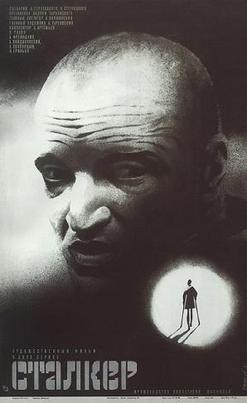
9. Stalker (1979)
Andrei Tarkovsky’s philosophical exploration of the weird, alien Zone is science fiction half, philosophy experiment half. Borrowing from Roadside Picnic its desolate, haunting imagery, it investigates desire, religion, and man.
Though deliberate, Stalker’s influence is enormous, inspiring filmmakers such as Denis Villeneuve and the look of games and novels. It’s proof that sci-fi can be smart art.
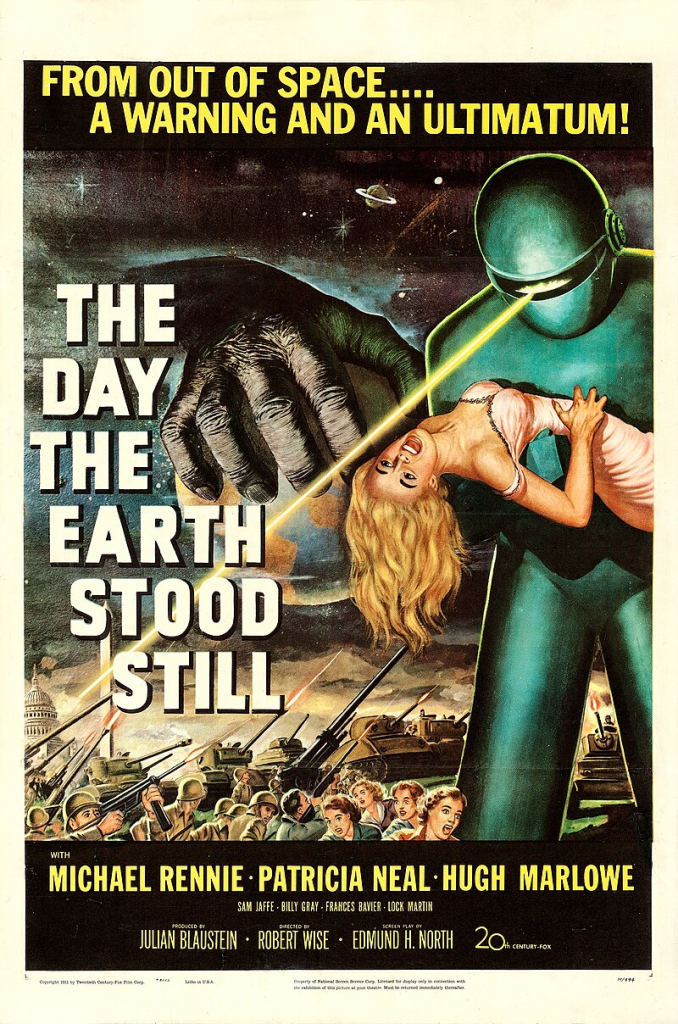
10. The Day the Earth Stood Still (1951)
Robert Wise’s Cold War movie sent a darkly lit beam of optimistic hope in the teeth of nuclear despair. Instead of malevolent conquerors, it offered the world to humanity with Klaatu, an ambassador from outer space who was pleading for peace or else. Its message of international cooperation is no less relevant today.
With its retro robot Gort and fawning script, it’s the template against which alien-invasion movies are measured, proving that science fiction can show moral leadership as effortlessly as pyrotechnics.
From Kubrick’s space odyssey to Gondry’s contemplative memoryscapes, these movies chronicle the populist success of the genre. They’ve pushed the technical boundaries, rewrote cultural maps, and made audiences ask themselves what comes next and in turn. For science fiction aficionados, trips to these movies are as much a walk through cinematic history as an observation of how the genre continues to leave us breathless, challenge us, and stretch out the imagination.


